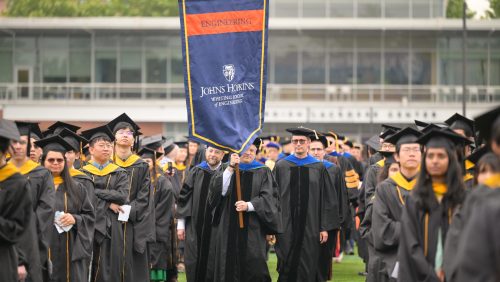Class of 2025
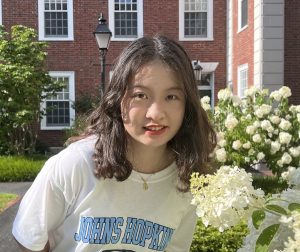 I joined the MSE program in Mechanical Engineering in Fall 2023 and began working in the Flow Physics and Computation Laboratory (FPCL) under Prof. Rajat Mittal during my first semester. My research focused on computational fluid dynamics using the immersed boundary method to study biofluid flows in the stomach. Specifically, I investigated the effects of bariatric surgery and microgravity on gastric digestion and emptying. Through this work, I published two papers in the Journal of Biomechanical Engineering and Physics of Fluids. I am now pursuing my PhD in Civil and Environmental Engineering at MIT in Prof. Michael Howland’s lab, where I work on large-eddy simulations of the atmospheric boundary layer.
I joined the MSE program in Mechanical Engineering in Fall 2023 and began working in the Flow Physics and Computation Laboratory (FPCL) under Prof. Rajat Mittal during my first semester. My research focused on computational fluid dynamics using the immersed boundary method to study biofluid flows in the stomach. Specifically, I investigated the effects of bariatric surgery and microgravity on gastric digestion and emptying. Through this work, I published two papers in the Journal of Biomechanical Engineering and Physics of Fluids. I am now pursuing my PhD in Civil and Environmental Engineering at MIT in Prof. Michael Howland’s lab, where I work on large-eddy simulations of the atmospheric boundary layer.
The MSE program, with its knowledgeable faculty and cutting-edge research opportunities, gave me a solid foundation in both fundamental knowledge and advanced research skills, which helped me transition smoothly into my PhD studies.
Class of 2024
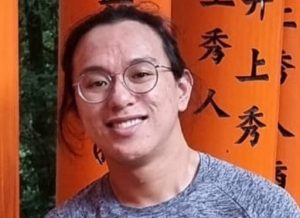
I was intrigued and fascinated with the research at JHU, especially in fluid dynamics, which led me to a decision of joining JHU as an MSE student. The content of the lectures is intellectually stimulating and exciting. I was able to learn from renowned experts in the field that I am interested in, which gives me a valuable insight regarding the current advancement in fluid dynamics, computational method, and biofluids.
Later on, I joined Flow Physics and Computation Laboratory under Prof. Rajat Mittal for my MSE thesis. I did an in-silico study of flow diverter stent for cerebral aneurysms, which gave me a better understanding of the flow pattern inside cerebral aneurysms after stent implantation.
Now, I am working in the oil & gas industry as an Applications Engineer at CETCO Oilfield Services Indonesia. My role involves the use of computational fluid dynamics in analyzing the process and equipment in upstream oil and gas industry.
 KB won first place in the Masters Student Paper Competition Cardiovascular category at the 2024 Biomechanics, Bioengineering, and Biotransport Conference (SB3C), held in Lake Geneva, WI, for his paper titled “Computational Study on the Hemodynamics of Bioprosthetic Pulmonary Valves in Patients with Repaired Tetralogy of Fallot.” Ko is currently a PhD student in the bioengineering doctoral program at Stanford University.
KB won first place in the Masters Student Paper Competition Cardiovascular category at the 2024 Biomechanics, Bioengineering, and Biotransport Conference (SB3C), held in Lake Geneva, WI, for his paper titled “Computational Study on the Hemodynamics of Bioprosthetic Pulmonary Valves in Patients with Repaired Tetralogy of Fallot.” Ko is currently a PhD student in the bioengineering doctoral program at Stanford University.
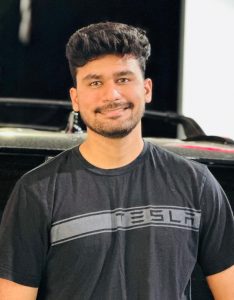
I joined the MSE program majoring in mechanical engineering starting Fall 2022. I was lucky to have started working with Professor Hurley right from the start of my program. While researching the behavior of granular materials at high pressures, I helped design and select parts for building a high-pressure triaxial compression set-up. Later, I transitioned to a more analysis-heavy project simulating crack propagation through concrete. My courses focused mainly on mechanics, materials, design, and analysis. My courses and research complemented one another and helped me do well in both.
During the summer of 2023, I interned at TESLA as a mechanical design engineer for their Die and Stamping plant in Grand Rapids, MI. I helped design punch and die surfaces for parts such as door panels and battery platters during this time. I also worked to create an analysis-driven design workflow to help save a lot of time and resources by reducing the amount of post-processing needed for the manufactured part. I worked as a co-op for Congruence Medical Solutions to develop a novel variable dosing syringe. The exposure and experience I gained through the courses and research at Hopkins helped me excel in both these roles which led to them offering me a full-time job at both companies. I chose to continue with the TESLA role which would essentially be the same job profile as the internship.
Class of 2022
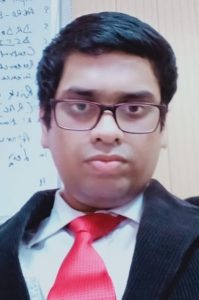 At Johns Hopkins, I was a master’s student from 2020-2022 and I chose to pursue a research thesis option and I was advised by Professor Hurley. My thesis was on local rearrangements in granular materials. In my thesis, we made direct comparisons between the local rearrangements inside a shear band that had developed in a sample of a granular material under triaxial compression and a sample of a granular material under simple shear. Given the similarity of these two deformations, i.e., a granular shear band and a granular material under simple shear, we wanted to see if the local rearrangements were also similar.
At Johns Hopkins, I was a master’s student from 2020-2022 and I chose to pursue a research thesis option and I was advised by Professor Hurley. My thesis was on local rearrangements in granular materials. In my thesis, we made direct comparisons between the local rearrangements inside a shear band that had developed in a sample of a granular material under triaxial compression and a sample of a granular material under simple shear. Given the similarity of these two deformations, i.e., a granular shear band and a granular material under simple shear, we wanted to see if the local rearrangements were also similar.
To measure local rearrangements in a granular shear band, an experimental device name HP-TACO (High Pressure Tri-Axial COmpression) was used, which was designed and developed by Ghassan Shahin, a postdoc at the time, and Professor Hurley. A sample of Ottawa sand was triaxially compressed in this device until a shear band was formed and then images were taken which gave us information about the positions of different grains in the shear band and their evolution over different load steps. Using this information, we performed calculations of local rearrangements inside this shear band. Then, we performed a DEM simulation of a granular sample under simple shear and the output of this simulation was used to calculate local rearrangements inside this granular sample under simple shear. We then made direct comparisons of the statistics and distributions of local rearrangements between these two similar deformations of a granular material and found no striking similarity.
My academic experience at Hopkins was wonderful. Professor Hurley was a great advisor who always made time to help me whenever I was stuck during my thesis. His patience and unwavering support throughout my time made my thesis possible. He always included me in all the events and activities of his research group such as group meetings, seminars etc. His support also helped me move on to the next part of my career as I enrolled in a PhD program at Brown University. I found the mechanics and materials community at Johns Hopkins to be very vibrant. Professors El-Awady who was also the reader for my thesis and Professor Nguyen both taught me amazing and rigorous courses which prepared me very well for my thesis and future research. My fellow graduate students at the time who were affiliated with HEMI were also great friends. The mechanical engineering department was very supportive and provided me with access to a lot of resources that helped me succeed in my program.
I am currently a PhD student at Brown University working with Professor David Henann and my research is on high strain rate material characterization of soft materials using inertial microcavitation rheometry.
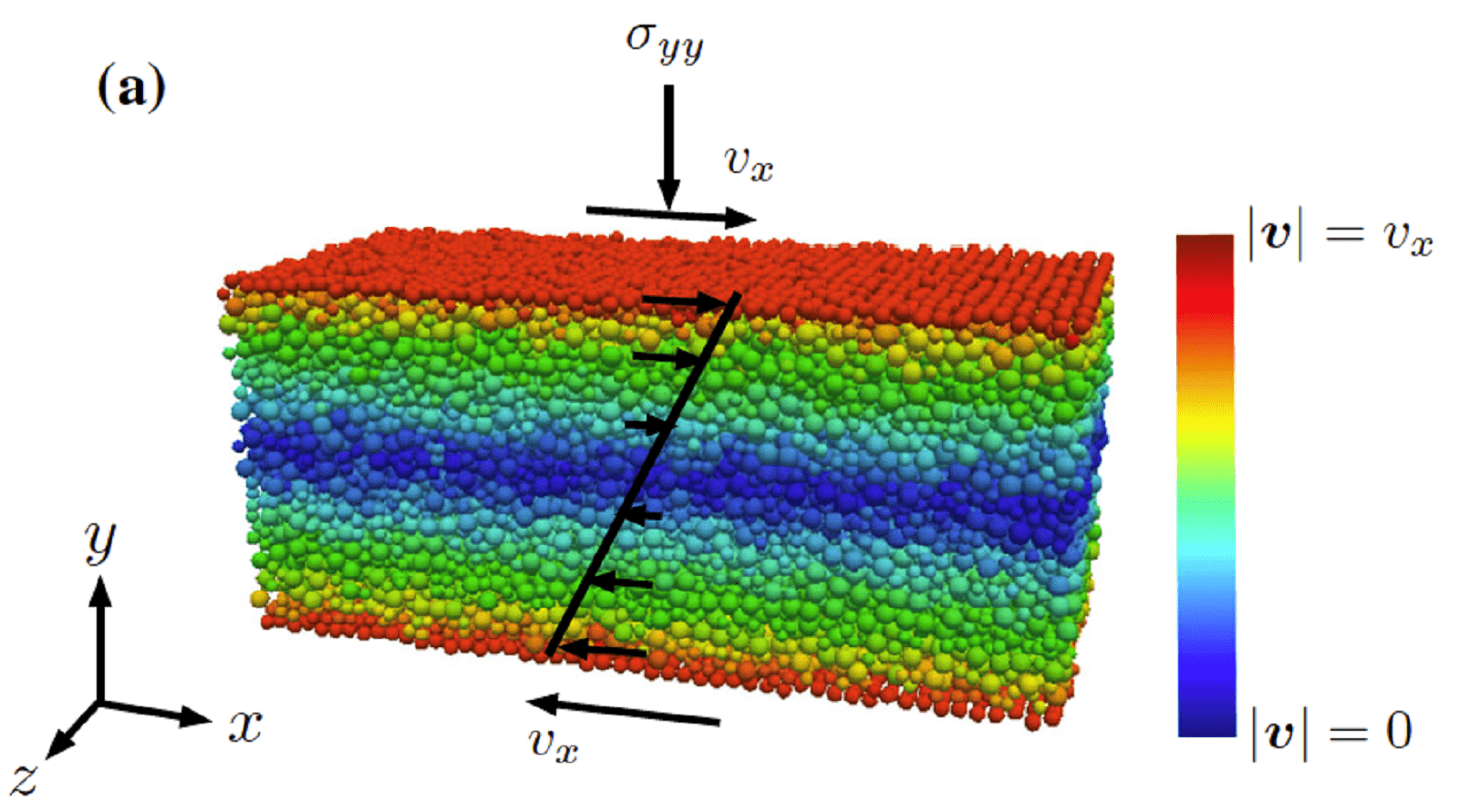
Image from Surya’s master’s thesis project
Class of 2007
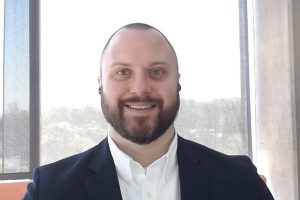 Earned PhD from MIT. Current director of the Hopkins Extreme Materials Institute.
Earned PhD from MIT. Current director of the Hopkins Extreme Materials Institute.
